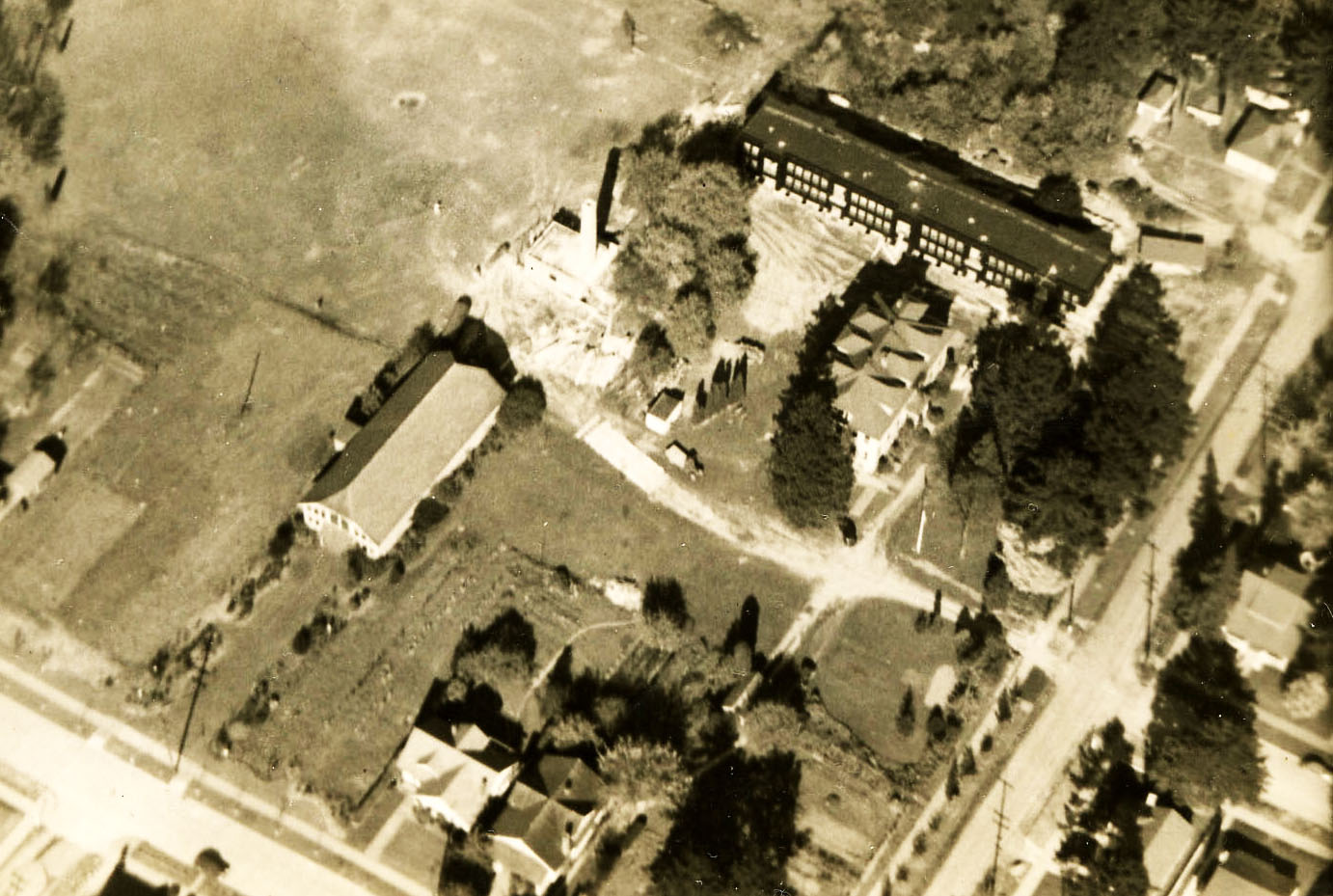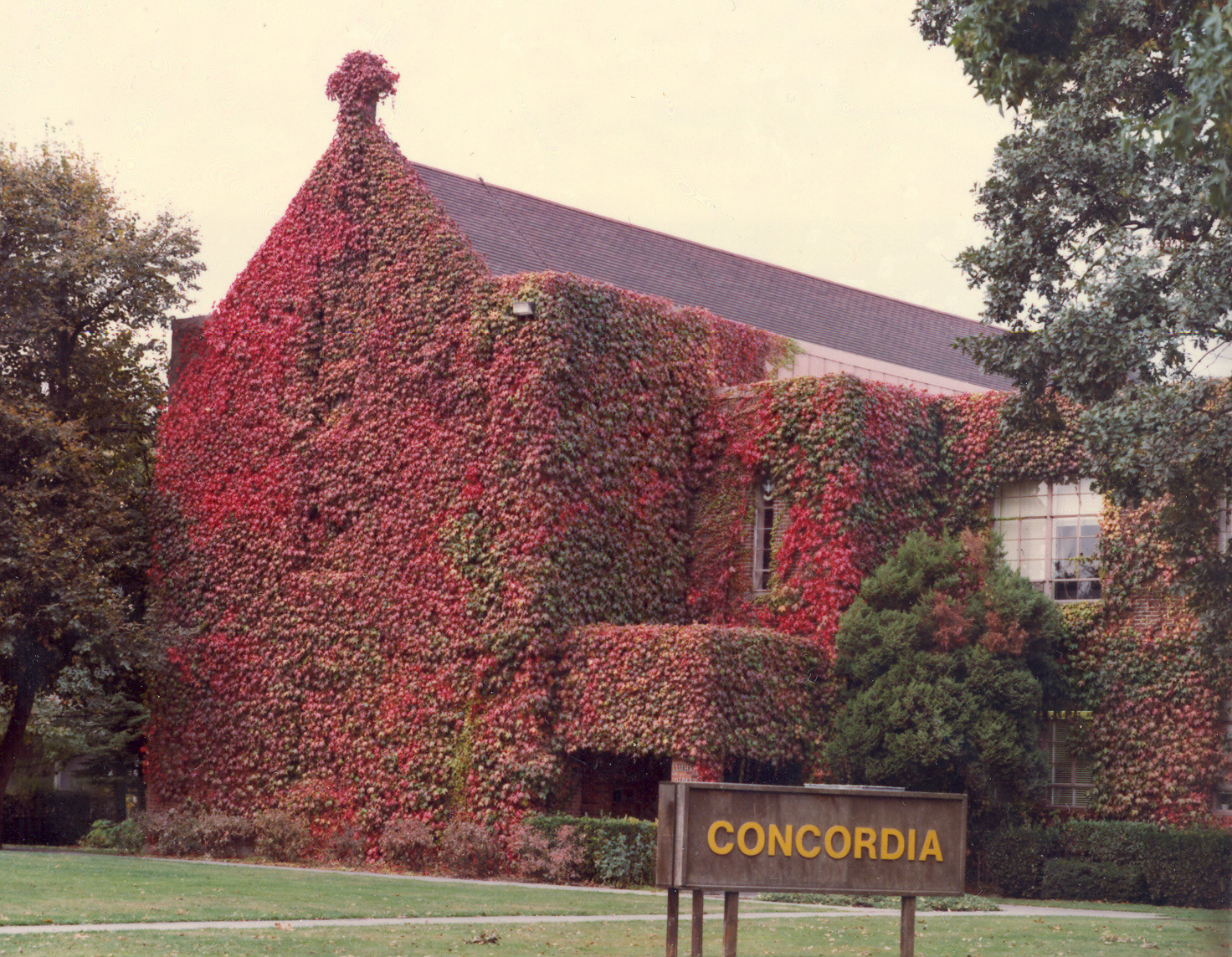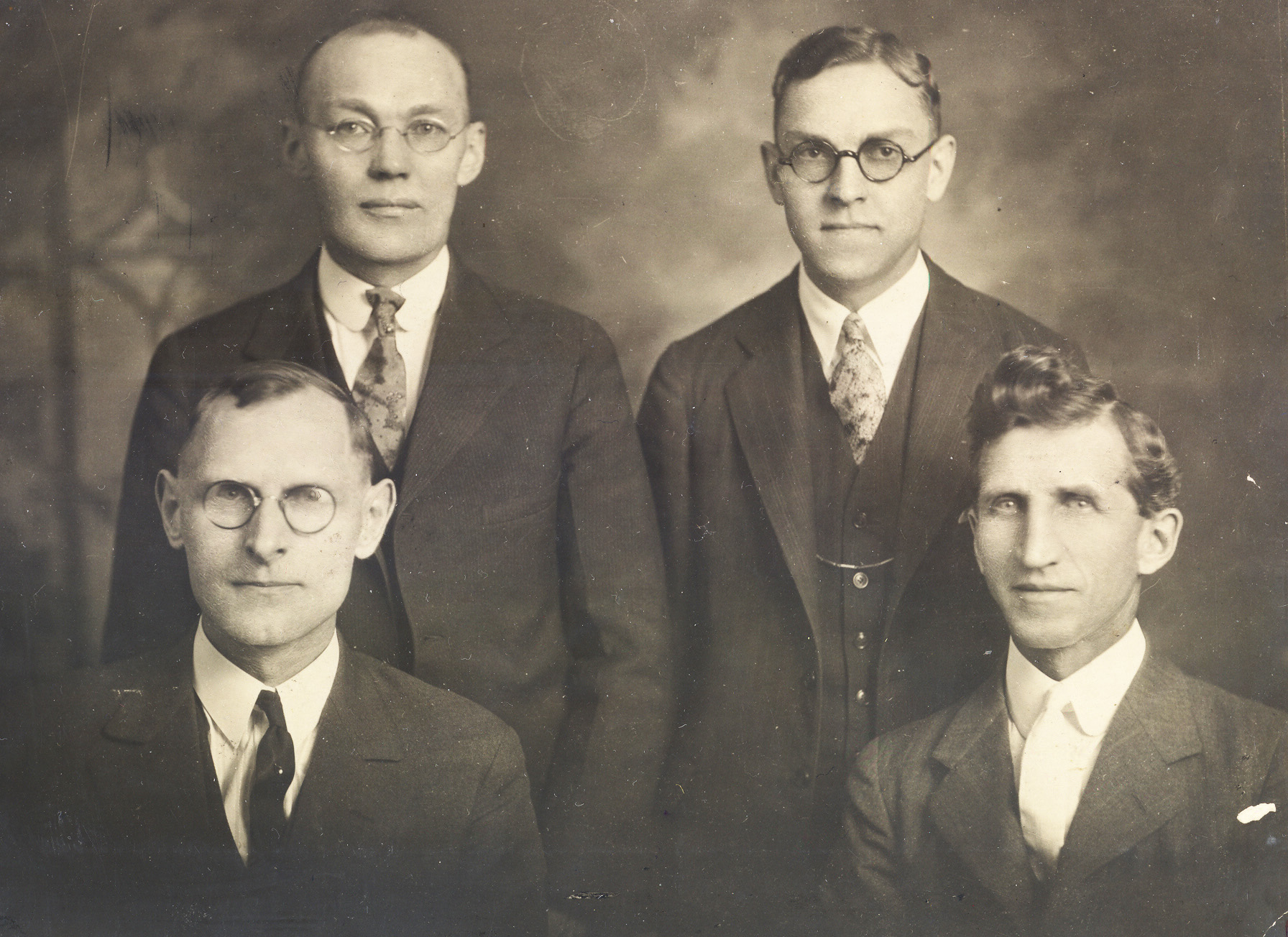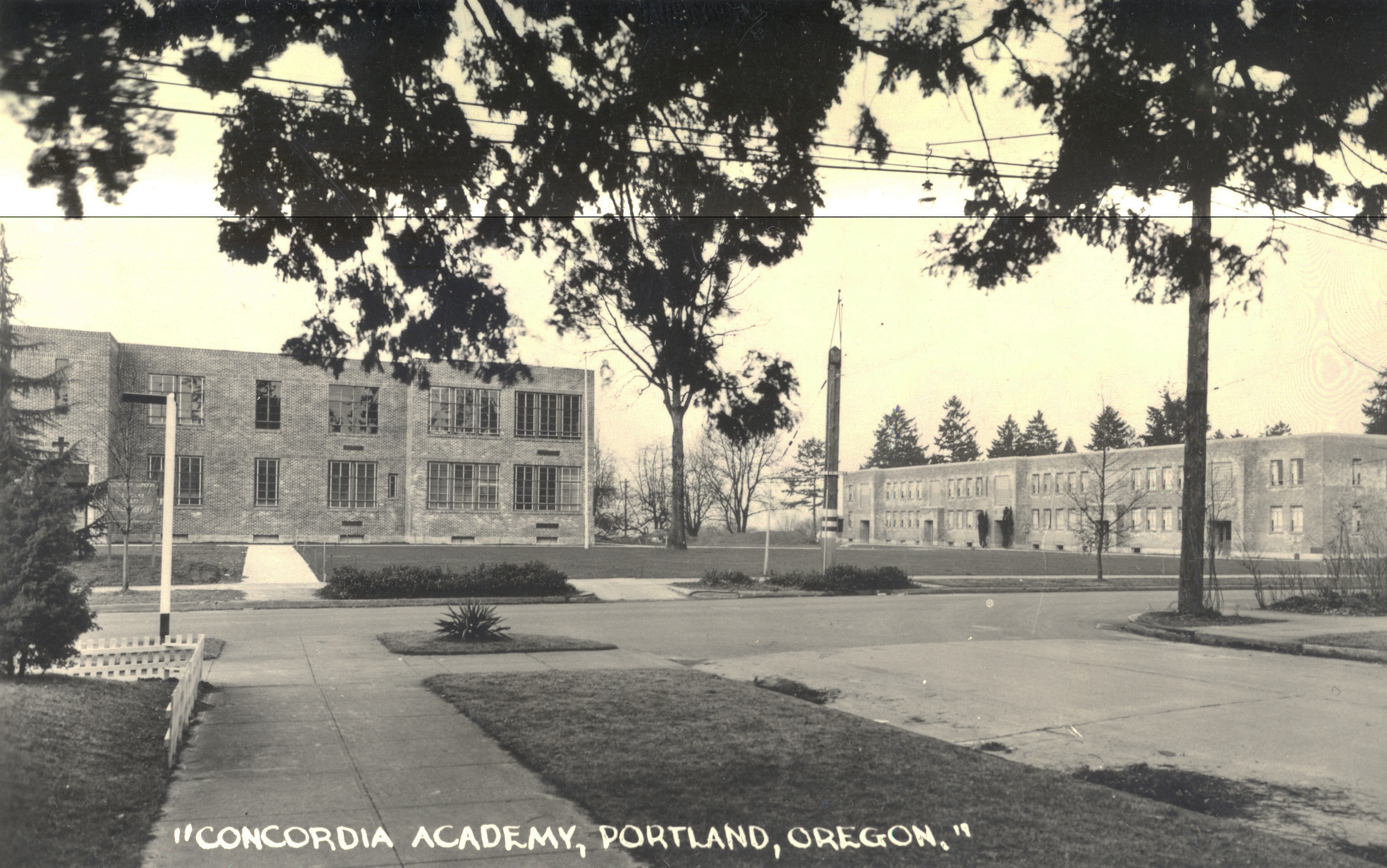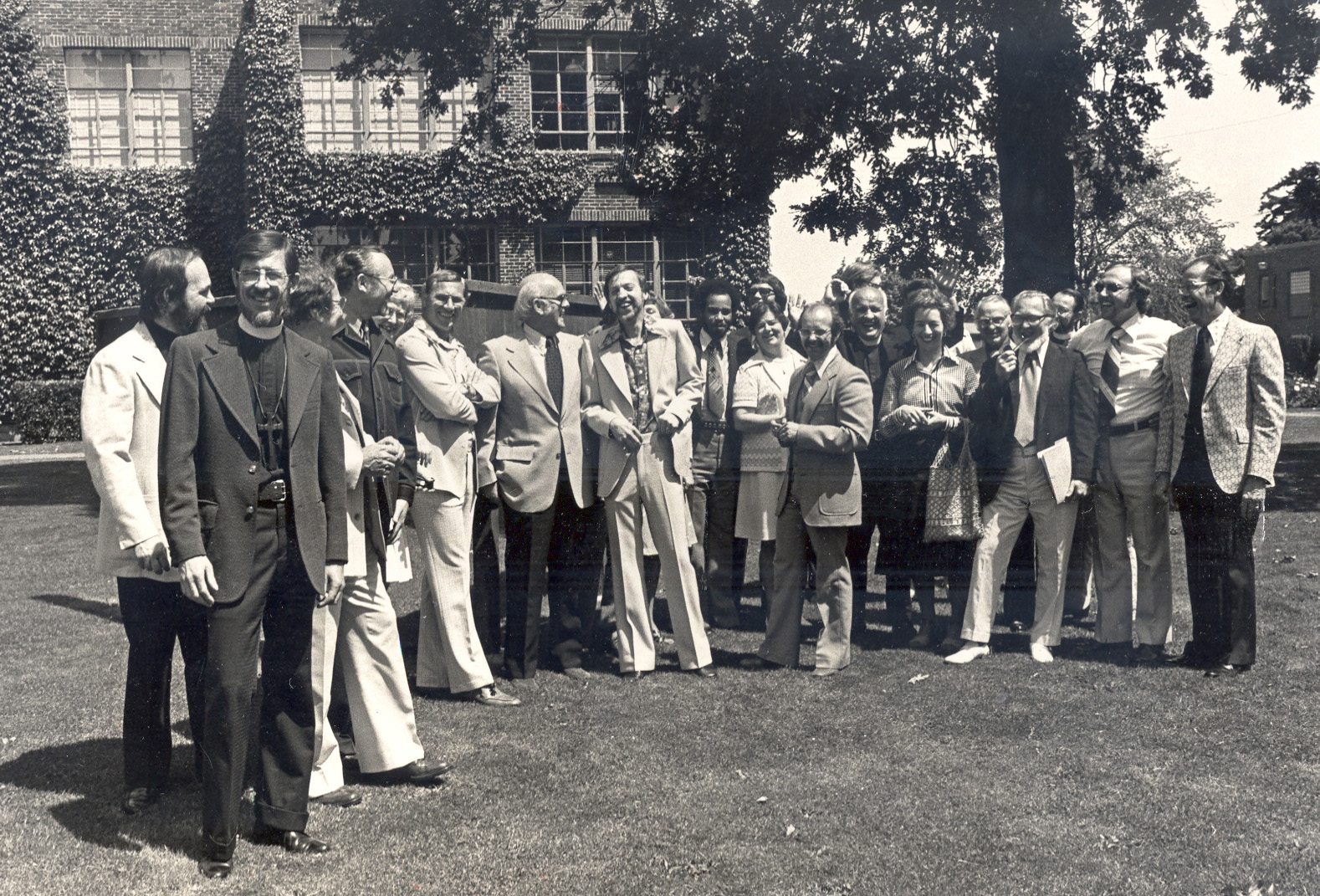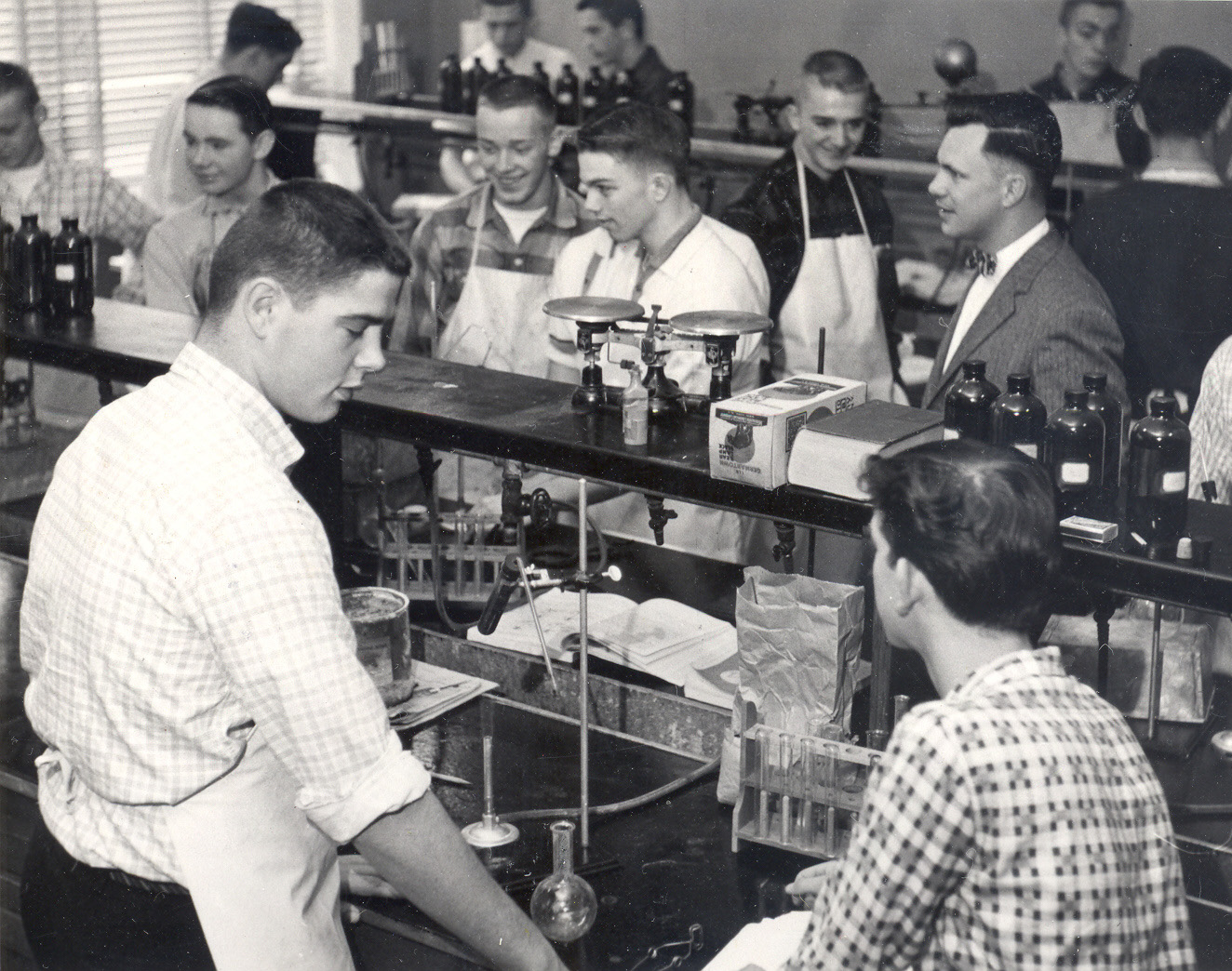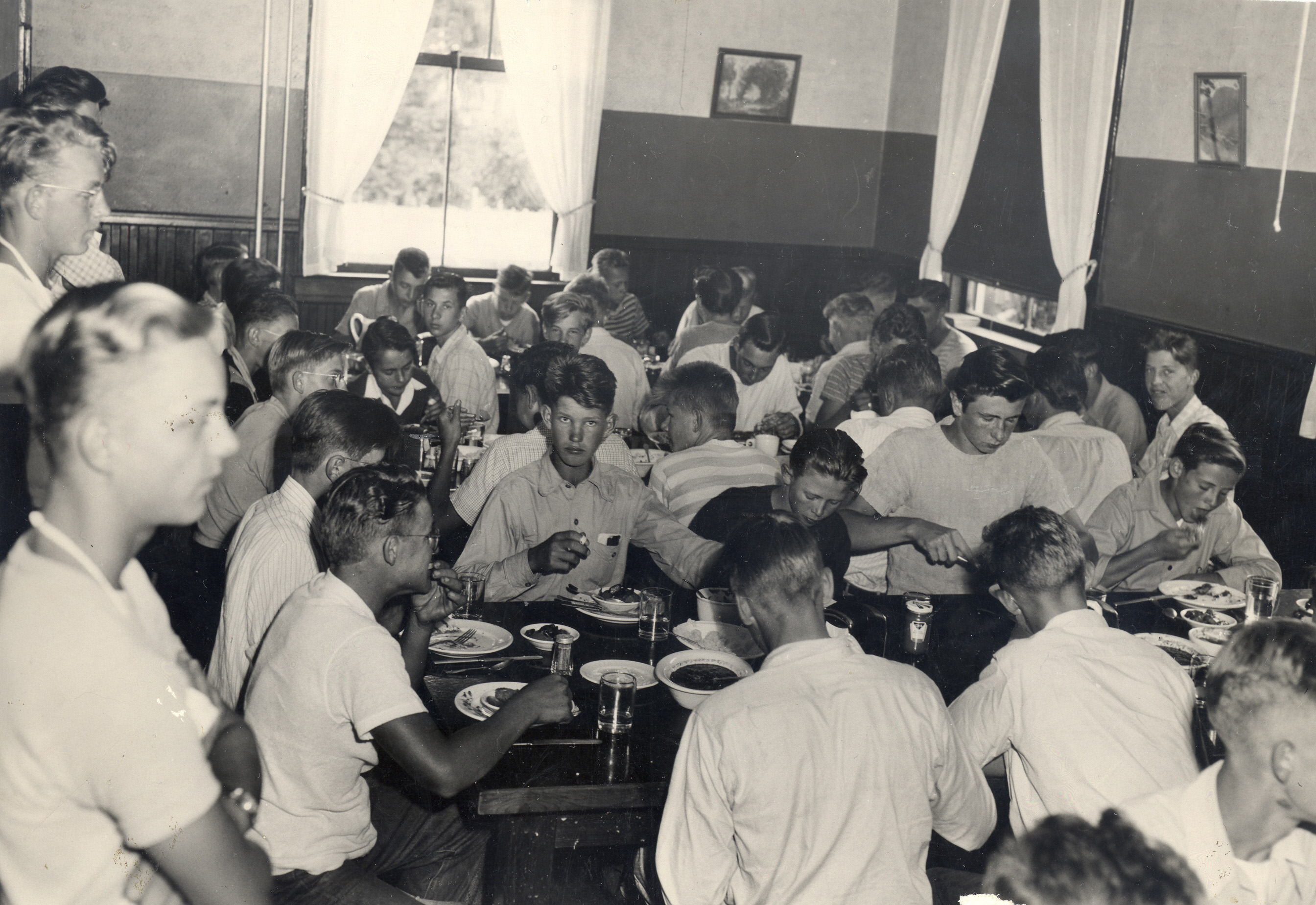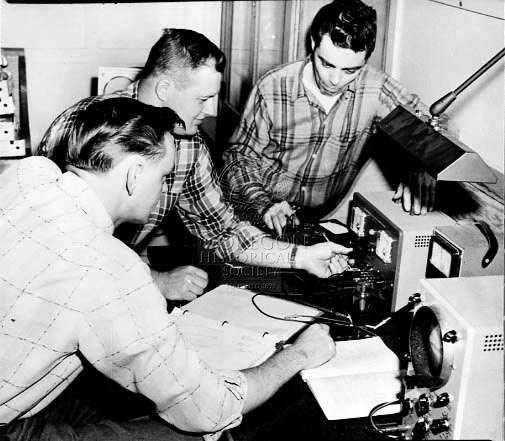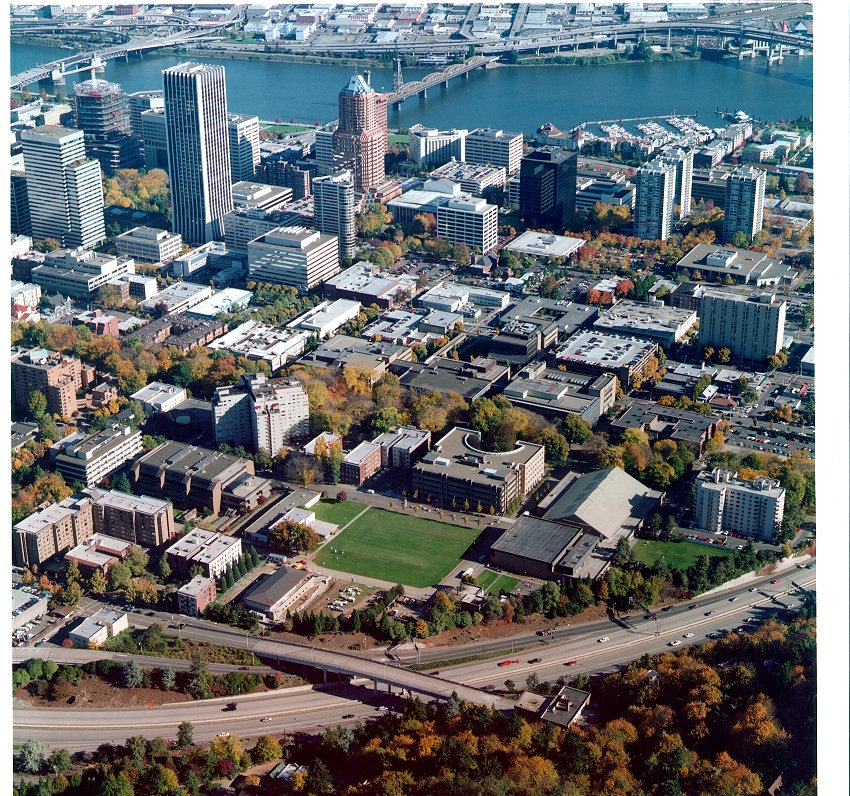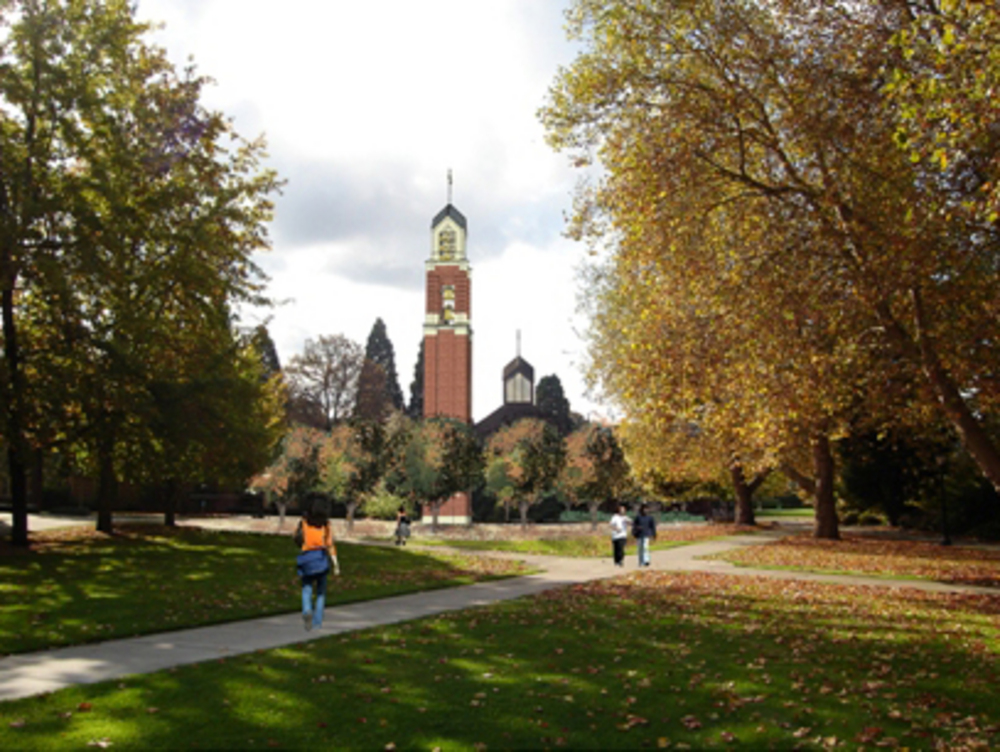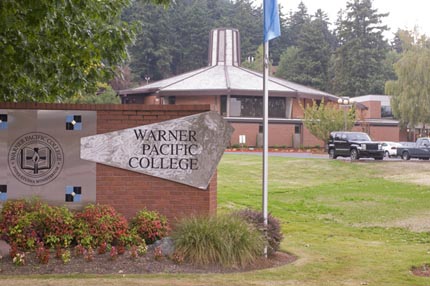In the summer of 1903, Dr. Francis Pieper, president of the Lutheran Church-Missouri Synod, gave this directive to the Northwest convention of parishes: “You must grow your own crop.” He was responding to an agenda item that sought a way to obtain more ministers for Northwest congregations. Essentially, he said, if the parishes wanted ministers, they were going to have to produce their own. Concordia College was created from that need.
Cobbling together approximately $800, the first incarnation of Concordia—known as the Evangelical Lutheran College—was opened in 1905 with sixteen students in the basement of the Trinity Congregation in Portland. By 1907, the Northwest District of Lutheran churches in the Missouri Synod had decided to purchase land for a dedicated school building in the Irvington Park neighborhood of northeast Portland. The District contributed $6,000 for the construction of the first building.
The school, under the direction of President F.W.J. Sylwester, for whom the school's library is named, overcame several obstacles to survive. It was at a distance from the city—the campus could only be reached by way of unpaved roads—and the Great Depression significantly reduced enrollment and staff compensation. When Sylwester stepped down in 1946, his efforts had maintained the Lutheran educational presence in the Northwest.
New President Thomas Coates worked to stabilize the position of Concordia, adding critical faculty members and beginning a building campaign. When he arrived, Concordia was still mainly a four-year high school program. In 1950, two years of junior college were added to academic offerings, making Concordia a six-year sequence. At that point, Concordia still saw its primary mission as preparing church workers, so the additional two years were added to facilitate students' transition to “senior college” (the last two years of ministerial training) in Fort Wayne, Indiana.
After a series of name changes in the 1940s, Concordia College became the official name of the school. The college opened its doors to women in 1954, mainly to address the growing need for female teachers in the district’s parochial schools.
When E.P. Weber was named president in 1958, his first act was to separate the high school from the college. The high school program was spun off under the direction of Dr. Art Wahlers and is currently known as the Portland Lutheran School on 182nd Avenue in Portland. Concordia became a four-year college in 1977. Weber oversaw the building of dormitories to support more students and the introduction of international students. By the time Charles "Chuck" Schlimpert was named president of the school in 1983, Concordia College was firmly rooted in what had become known as the Concordia Neighborhood.
Because of continued growth in the 1980s and 1990s, the college divided into four schools: the College of Education; the College of Health and Human Services; the College of Theology, Arts, and Sciences; and the School of Business. In 1995, the school became Concordia University, joining the Concordia University System and linking to the other higher education programs in the Lutheran Church-Missouri Synod. At the same time, Concordia adopted a new mission, to “prepare leaders for the transformation of society.” In 2010, Washington Monthly magazine ranked Concordia University as the number one school for student participation in community service among U.S. universities with master's programs.
Campus expansion continued in the late 2000s. In 2009, Concordia opened the George R. White Library and Learning Center, which serves the Concordia neighborhood as a local community library and includes the Shakespeare Authorship Research Centre, the Center for Applied Lutheran Leadership, the Center for Volga German Studies, and the Jody Thurston Northwest Center for Children’s Literature. In fall 2011, the university opened the Tuominen Yard, an athletic complex on Northeast Dekum Street in Portland, and the George R. White School of Law in Boise, Idaho.
Concordia's Portland Board of Regents announced in February 2020 that the university was no longer financially stable and was closing. The final commencement ceremony took place in April 2020, and the campus land and buldings were listed for sale.
-
![Concordia University buildings including gymnasium (r), original campus building (c), and president's home (l).]()
Concordia University.
Concordia University buildings including gymnasium (r), original campus building (c), and president's home (l). Courtesy of Concordia University. Item Number GP11003
-
![Students of Concordia University's 1915-1916 academic year.]()
Students of Concordia University's 1915-1916 academic year..
Students of Concordia University's 1915-1916 academic year. Courtesy of Concordia University. Item Number GP1962-1
-
![Concordia University. Clockwise from top: Centennial Hall; President's home; faculty home; gymnasium; heating plant.]()
Concordia University, about 1947.
Concordia University. Clockwise from top: Centennial Hall; President's home; faculty home; gymnasium; heating plant. Courtesy of Concordia Univ., Item No. GP170-1.
-
![Concordia University's 1926-1927 baseball team, with coach Curtis Stephan.]()
Concordia University's 1926-1927 baseball team, with coach Curtis Stephan..
Concordia University's 1926-1927 baseball team, with coach Curtis Stephan. Courtesy Concordia University. Item Number GP1452
-
![Concordia University's Luther Hall (r) about 1981, with chapel and library (built 1951).]()
Concordia University.
Concordia University's Luther Hall (r) about 1981, with chapel and library (built 1951). Courtesy of Concordia University
-
![Concordia University faculty about 1927. Clockwise from top left: F.W.J. Sylwester, Curtis Stephan, Karl Lorenz, Edmund H. Brandt.]()
Concordia University faculty about 1927.
Concordia University faculty about 1927. Clockwise from top left: F.W.J. Sylwester, Curtis Stephan, Karl Lorenz, Edmund H. Brandt. Courtesy of Concordia University. Item Number GP1242
-
![Concordia University's Luther Hall (l) (built 1948) and Centennial Hall (built 1947).]()
Concordia University's Luther Hall (l) (built 1948) and Centennial Hall (built 1947)..
Concordia University's Luther Hall (l) (built 1948) and Centennial Hall (built 1947). Courtesy of Concordia University. Item Number GP167
-
![Concordia University faculty, about 1972.]()
Concordia University faculty, about 1972..
Concordia University faculty, about 1972. Courtesy of Concordia University. Item Number GP1829L
-
![Don Lorenz instructs Concordia University chemistry class, about 1957.]()
Don Lorenz instructs Concordia University chemistry class, about 1957..
Don Lorenz instructs Concordia University chemistry class, about 1957. Courtesy of Concordia University. Item Number GP1565
-
![Concordia University students at meal time.]()
Concordia University students at meal time..
Concordia University students at meal time. Courtesy Concordia University. Item Number GP1823L
Related Entries
-
Corban University
Corban University & Graduate School began in 1935 as Phoenix Bible Inst…
-
![Lewis & Clark College]()
Lewis & Clark College
Lewis & Clark College, a private and academically selective liberal art…
-
![Portland Community College]()
Portland Community College
Portland Community College (PCC) is the largest institution of higher e…
-
![Portland State University]()
Portland State University
Located in downtown Portland, Portland State University is Oregon’s urb…
-
![Reed College]()
Reed College
Situated on 116 acres in southeast Portland, Reed College enrolls nearl…
-
![University of Portland]()
University of Portland
"Founded on a bluff and run on that principle," as historian Jim Covert…
-
![Warner Pacific University]()
Warner Pacific University
Warner Pacific University opened in 1937 as Pacific Bible College in Sp…
Map This on the Oregon History WayFinder
The Oregon History Wayfinder is an interactive map that identifies significant places, people, and events in Oregon history.
Further Reading
Weber, E.P. “History of Concordia Portland: 1905-1995.” St Louis, MO: Concordia Historical Institute, 1998.



